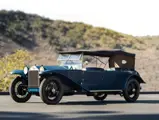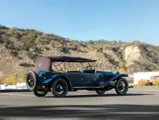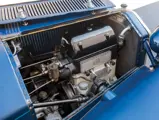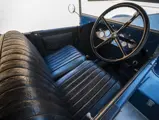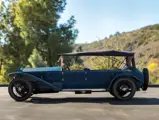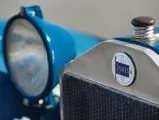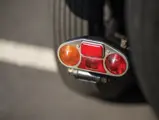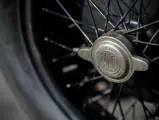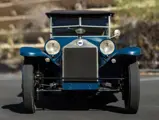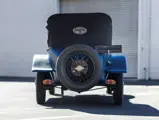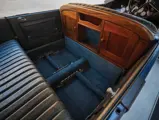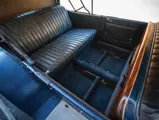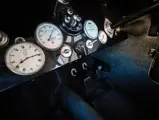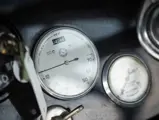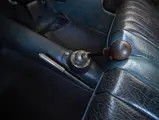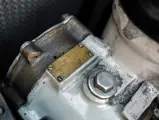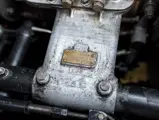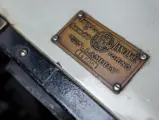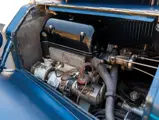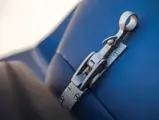Arizona 2016
1926 Lancia Lambda 6th Series Torpedo Tourer
{{lr.item.text}}
$77,000 USD | Sold
 | Phoenix, Arizona
| Phoenix, Arizona
{{internetCurrentBid}}
{{internetTimeLeft}}

- Technical milestone model of the 1920s
- Documented, numbers-matching engine
- Older restoration on incredibly well-preserved car
- Fully equipped and ready to tour
50 bhp, 2,120 cc SOHC V-4 engine, four-speed manual transmission, independent front coil-spring sliding pillar suspension, live rear axle with semi-elliptical leaf springs, and four-wheel mechanical drum brakes. Wheelbase: 134.6 in.
From the very beginning, Vincenzo Lancia imbued his automobiles with a streak of technical forethought and motoring élan. His genius with the former was developed with hands-on work at the cycle and automobile factory of Giovanni Ceirano, the latter enriched during his time as a test driver at Fiat.
During the ’teens decade, Lancia developed his penchant for narrow-vee type engines, but it was the Lambda, launched in 1923, that took a giant step in the architecture of automobiles. With a monocoque chassis, Lancia combined an independent front suspension using a simple sliding pillar combined with coil springs. Lancia built slightly more than 11,000 Lambdas in nine separate series from 1923 to 1931 but just 1,300 6th Series examples in model years 1925 and 1926.
It is fortunate that the assembly details and records survive, which document that chassis number 14656 was ordered on January 15, 1926, and was assigned vehicle number 4664. The engine and rear axle match the numbers in the documentation, though the gearbox has been replaced by a unit identical to the original. Lancia’s internal records indicate that the bare monocoque chassis was completed and tested five days later; on Monday, January 25, the paintwork was completed. The following day, the vehicle was declared ready for delivery to its first owner.
Unfortunately, its subsequent owners and how it survived the war, in such an original and preserved state, remain mysteries lost in the mists of time. By the early 1980s, however, it had become well known and was observed by several club members. Later it served as a reference point for the restoration of several other Lambdas. That long-term family ownership ended in 1990. The next owner arranged for a formal inspection by the Automotoclub Storico Italiano on October 29, 1991. A Declaration of Technical Characteristics was issued by the ASI and remains with the vehicle.
In 2005, the Italian owner offered this Lancia for sale to various club members. It was described as having less than 5,000 kilometers on a full mechanical and cosmetic restoration and included full soft-top and tonneau covers, as well as the original side curtains for all-weather driving. It was sold in July 2007 to a private Japanese museum collection and formally imported and road-registered in Japan. More recently, it has been imported to the United States.
The older restoration has held up well. The body appears to have been repainted in the present blue, while the correct 20-inch black wire wheels and black tonneau cover provide nice contrast. The interior dates from the restoration and features the correct and beautiful original gauges, including a Jaeger MPH speedometer, clock, and Le Nivex fuel gauge.
Finished with a full top and side curtains and a rear-mounted spare, this Lambda is outfitted with all of the full weather accoutrements one might desire on a Peking-to-Paris road trip. It offers an intriguing chance to acquire one of the most historically robust and technically advanced pre-war touring cars, as well as one of the Italian motoring industry’s finest achievements to date.

